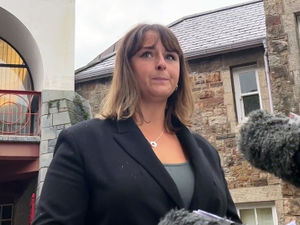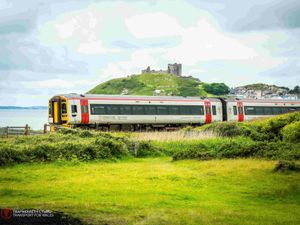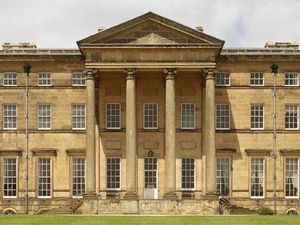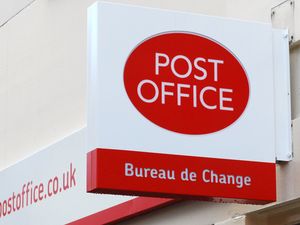Wood you believe it? Dig finds UK's oldest sacred site is in Shrewsbury
An archaeological dig around a Shrewsbury church has revealed it is the earliest known sacred site that is still in use in Britain today – dating back 4,050 years.

Carbon dating of a wooden post, extracted from the dig at the Church of the Holy Fathers, on Oteley Road, Sutton in February, has shown it was first placed in the ground in 2033BC – a time when the ancient Egyptians were still building the Pyramids.
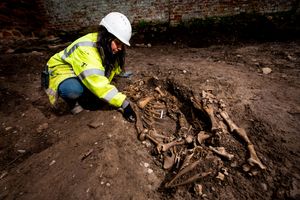
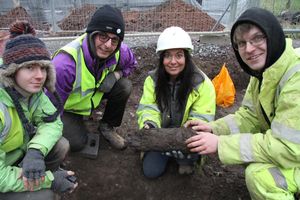
Archaelogists who were working on the site thought the post would turn out to be Anglo-Saxon, so were shocked to learn it dated from the late Neolithic/early Bronze Age period instead.
The recent archaeological dig shows that the late 12th /early 13th century 10-metre long church was originally three times its current size and that it was built directly over the remains of an earlier Anglo-Saxon church and prehistoric structures.
Its finds correspond directly with earlier archaeological excavations, carried out to the east of the church, which is used by the Greek Orthodox Church who bought it from the Church of England in 1994, by Philip Barker and Ernie Jenks in the 1960s and '70s which unearthed evidence for Bronze Age and Neolithic structures.
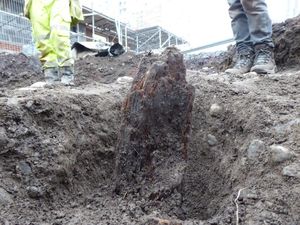

Barker and Jenks discovered prehistoric burial mounds and cremations, slots for standing stones and two rows of Neolithic post holes and a ditch, known as a cursus, which they interpreted as a processional way. It was aligned east to west, extending towards the current church building.
“The current church appears to have incorporated and deliberately built over late Neolithic/early Bronze Age remains. The 15-inch section of post we found was sticking up into the Medieval foundations,” said Janey Green, of Baskerville Archaeological Services.
“It is an incredibly complex site and appears to have been used and re-used for religious purposes for over 4,000 years. It is well known that Christians liked to build churches over pagan sites.
“More work needs to be done but early interpretations indicate that it is the earliest known sacred site in Britain that is still in use today.
“The only other site of a Christian church that is known to date back to the late Neolithic period is at Cranborne Chase, in Dorset, but it is a disused Norman church.
“Most of these Neolithic sites have long since been abandoned, like Stonehenge. This is a living monument. People are still worshipping here. The earliest sacred development on the site was probably a stone circle with a cursus.
“Mesolithic, Neolithic, Bronze Age, Iron Age, Roman and Anglo-Saxon remains have all been found here.”
Church priest Father Stephen Maxfield said: “From the moment we first saw this building we thought it was very special. Now we know that it is and that it is quite unique. It is a place of transcendence and healing.”
Other significant finds from the recent dig include a carved Saxon stone, the remains of what is thought to be an Anglo-Saxon apse, a prehistoric flint and a Neolithic counting disc.
Some animal burials were also found in the dig although these are still to be dated.
Christian use of the site probably goes back to the late 7th century when the manor of Sutton was given to St Milburga, the founder and abbess of Wenlock Priory sometime between 674 and 704 AD.
Housing developer Taylor Wimpey is building almost 300 houses on land surrounding the grade II listed church.

